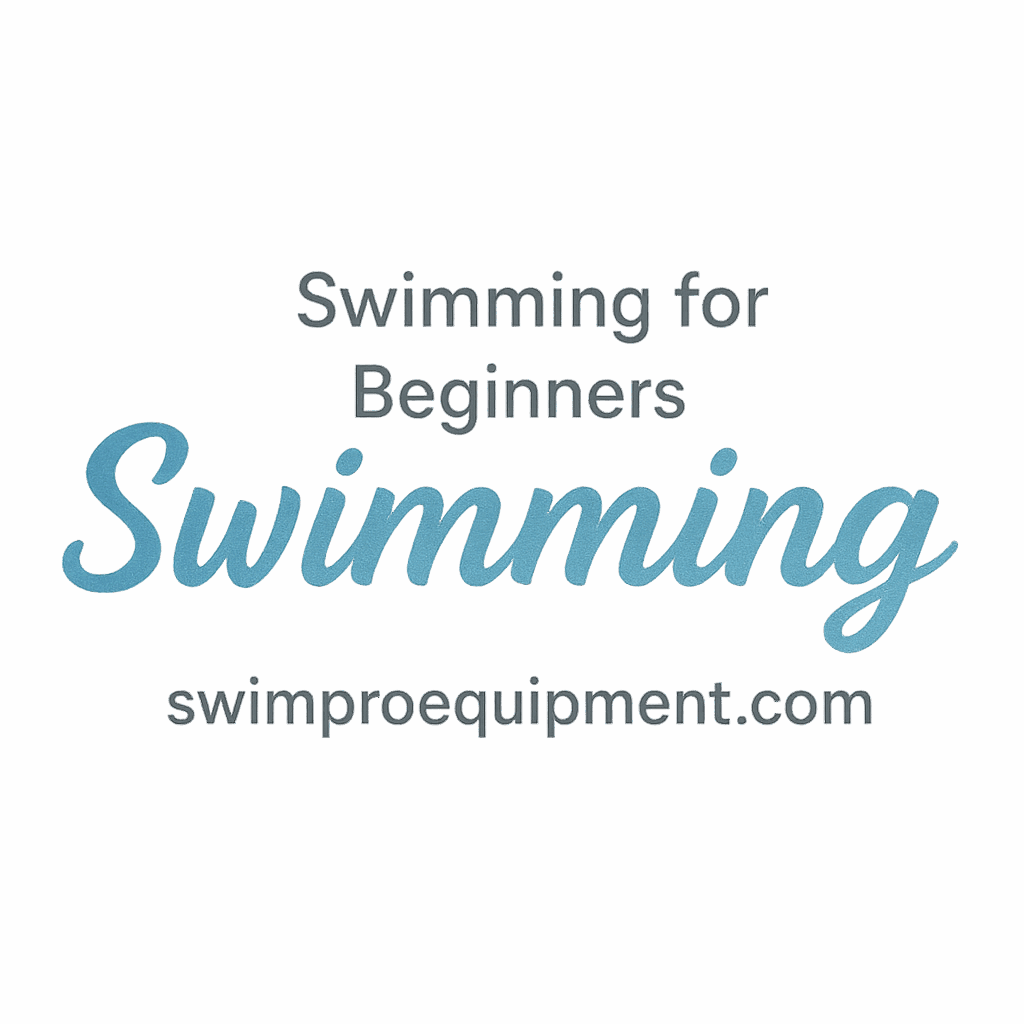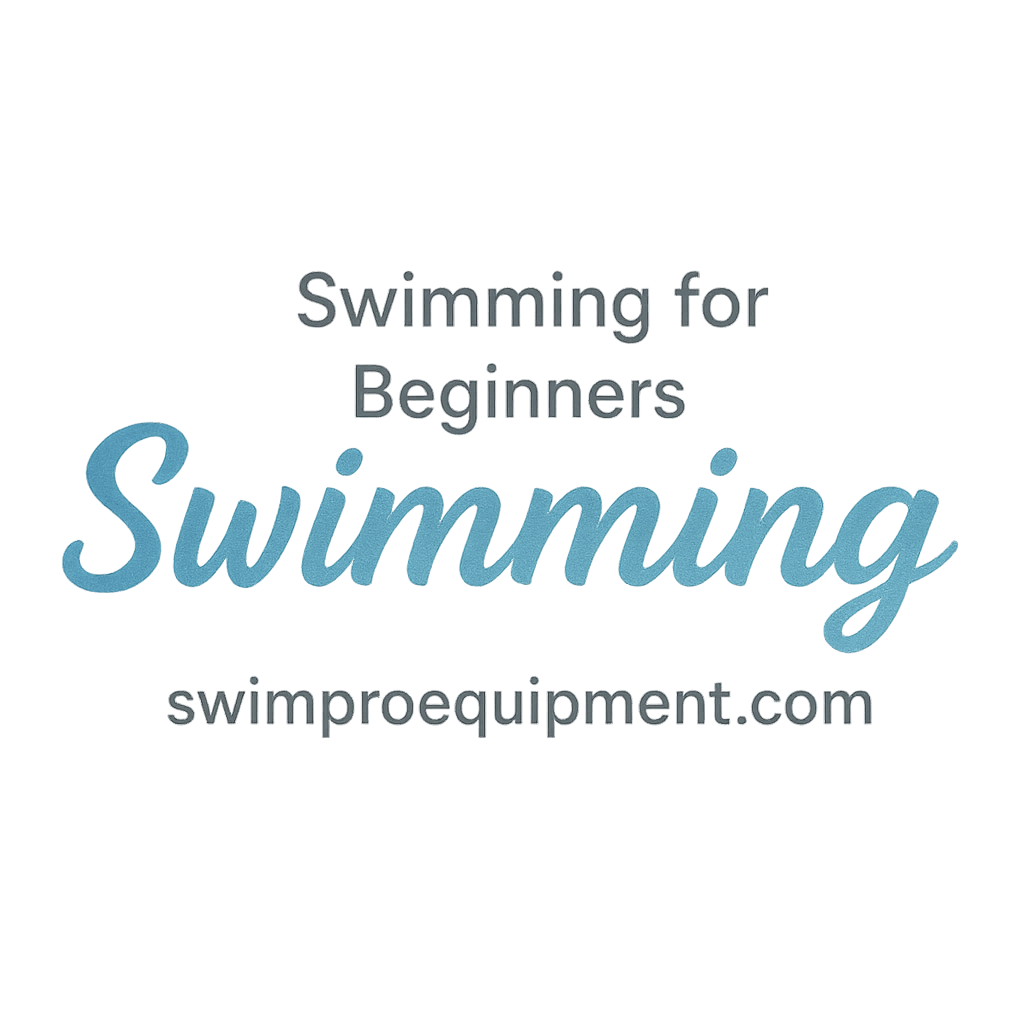Introduction: Why Speed Matters in Swimming
Want to glide through the water like a pro? Whether you’re a beginner or already comfortable in the pool, learning how to increase swimming speed fast can take your performance to the next level. It’s not just about strength—it’s about technique, consistency, and using the right tools.
If you’re serious about swimming progress, this guide is packed with high-value, actionable techniques to help you swim faster—starting today.
And hey, you don’t need to be Michael Phelps to see results. Let’s dive in!
1. Master Your Body Position
One of the biggest secrets to fast swimming? Body position. How your body cuts through the water can make or break your speed.
Importance of Streamlining
A streamlined position reduces resistance and helps you glide more smoothly. Imagine your body like a surfboard: straight, narrow, and slicing through water.
Tip: Push off the wall with your arms extended, hands stacked, and core tight—like a human torpedo.
Internal Resource: Check out Swimming Basics Techniques for more on proper streamline form.
Head and Spine Alignment
Keep your head neutral, eyes looking down. Your spine should stay aligned from neck to tailbone. Think of it as balancing a glass of water on your head—any tilt slows you down.
Reduce Drag for Maximum Speed
Avoid “sinking hips” and splashing arms. Efficient swimmers stay high in the water with minimal drag. Use body-awareness drills like superman glides to improve your water posture.
Semantic Link: Discover more drills under tag: body-position.
2. Improve Your Kick Efficiency
Think your arms do all the work? Think again! An effective kick keeps your body elevated and drives you forward.
Flutter Kick Fundamentals
A good flutter kick starts from the hips, not the knees. Keep your ankles relaxed and your legs close together, fluttering in a narrow, consistent rhythm.
Semantic Tip: Beginners often overkick. Learn proper rhythm on Training Workouts for Beginners.
How to Build Stronger Legs
Incorporate dryland training like squats, lunges, and resistance bands. These exercises build leg endurance and explosive power for your kick.
Tools to Train Kicking Technique
Use kickboards, fins, or ankle bands. Fins, for example, help increase propulsion and allow you to focus on ankle flexibility.
Internal Resource: Browse Swimming Gear & Equipment for recommended tools.
3. Perfect Your Stroke Technique
Now, let’s talk arms. Technique trumps strength every time.
Freestyle Stroke Optimization
Reach far with every stroke. Your arms should enter the water just outside your shoulder line, then pull back in a straight line under your body.
Semantic Tip: Explore tag: technique to refine your strokes.
Timing and Arm Extension
High elbow recovery and proper hand entry minimize resistance and maximize power. Avoid crossing your arms over the center line—it causes imbalance and drag.
Common Stroke Mistakes to Avoid
- Overreaching (causes shoulder strain)
- Pulling too wide (loses propulsion)
- Not completing the stroke (shortens your glide)
Fixing these issues alone can shave seconds off your lap times.

4. Use the Right Swimming Gear
Yes, the right gear can make a real difference in your speed!
Must-Have Equipment to Increase Speed
- Swim fins (boost kick strength)
- Paddles (improve arm pull)
- Snorkels (focus on technique without breathing distractions)
- Drag suits or resistance parachutes (train with resistance)
How Swim Gear Enhances Performance
Each piece of gear helps isolate a part of your stroke or kick, giving you targeted training benefits. Think of it as using gym machines for specific muscles.
Internal Tip: Discover more tagged equipment for swimmers.
Recommended Equipment for Beginners
New to swim gear? Start simple:
- Short-blade fins
- Classic kickboard
- Front snorkel
Check out the Beginner Essentials to get started right.
5. Structure Smart Swim Workouts
If you’re swimming the same pace every session, you’re not getting faster. You need to train smart.
Interval Training and Speed Sets
Use intervals like 4x50m sprints with rest in between. Add descending sets (each rep gets faster) to challenge your anaerobic threshold.
Semantic Tip: Track these using tools featured under tag: tracking.
Tracking Progress Over Time
Log your times, rest intervals, and how you felt. This helps you identify plateaus and plan better.
Internal Resource: Check out Motivation & Progress for Swim Learners for encouragement to keep going.
Sample Weekly Speed Plan
| Day | Workout Focus |
|---|---|
| Mon | Technique & Drills |
| Tue | Sprint Intervals (e.g. 10x25m all-out) |
| Wed | Kick Sets & Equipment Training |
| Thu | Recovery Swim |
| Fri | Descending Sets + Timed 100s |
| Sat | Open Water or Endurance Focus |
| Sun | Rest or Light Active Swim |
Extra Tips to Get Faster, Faster
- Warm up properly (tag: warm-up)
- Hydrate before and after your swim
- Incorporate dryland strength training
- Sleep and recover well
- Practice turns and underwater dolphin kicks
Internal Resource: For more safety and health tips, visit Swimming Safety & Health.
Conclusion: Stay Consistent and Track Progress
Learning how to increase swimming speed fast isn’t about shortcuts—it’s about smart, consistent effort.
Focus on technique, train with purpose, use the right gear, and track your results. Before you know it, you’ll be flying through the water faster than ever.
Ready to start your speed journey? Visit SwimPro Equipment and explore resources to level up your swim game.
FAQs
1. How long does it take to increase swimming speed?
With consistent training and correct technique, many swimmers see noticeable improvements within 4–6 weeks.
2. Can swim gear really make me faster?
Absolutely. Gear like fins and paddles help target specific skills and develop muscle memory, leading to faster performance.
3. What’s the most common mistake beginners make when trying to swim faster?
Overkicking and ignoring technique. Focus on form over force.
4. How important is body position in swimming speed?
It’s crucial. Poor alignment causes drag and slows you down. Mastering streamline form is key.
5. Are dryland workouts necessary for swimming speed?
Yes! Exercises like squats, planks, and resistance training build core and leg strength that transfer to the water.
6. What role does breathing play in speed?
Rhythmic, efficient breathing prevents fatigue and helps you maintain a consistent stroke rate.
7. Where can I find beginner-friendly training plans?
You can explore plans and tips at Training Workouts for Beginners and other Beginner-tagged content.


